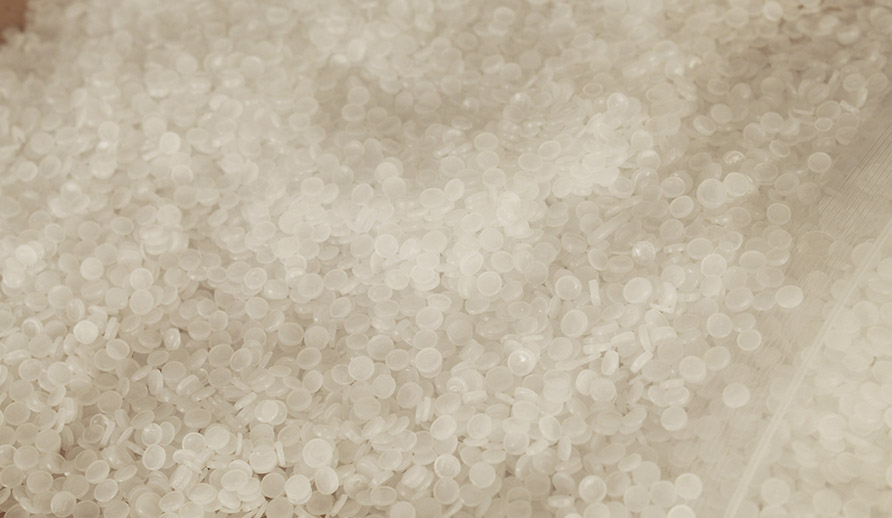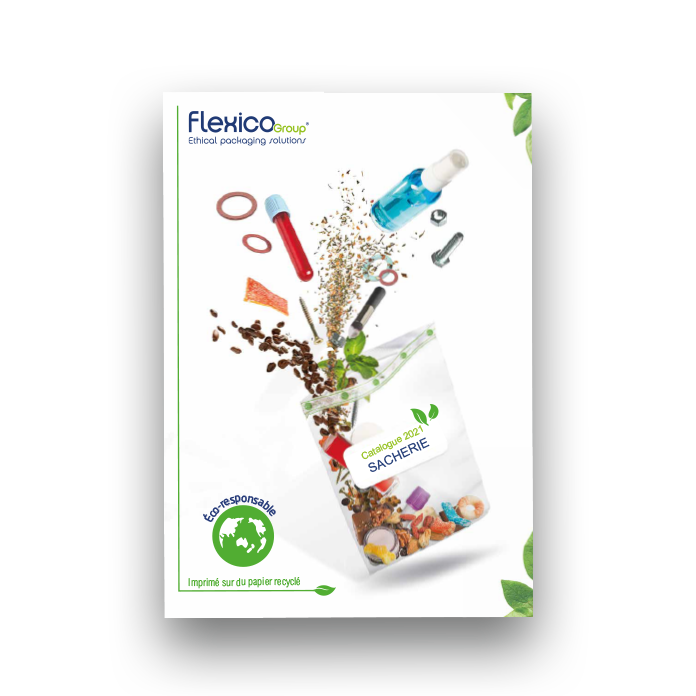
Plastic is a recyclable material, highly exploited by industry for its strength, durability, lightness and low cost. It can have many functionalities and is commonly used today, but since when?
From the use of natural elastic materials to the first polymer, the history of plastic spans several dozen centuries. Discover its origins and who were its successive inventors.
What is plastic?
Before going back to the origins of plastic, let’s look at the definition of this widespread material. Derived from the Latin term plasticus, which in turn comes from the ancient Greek plastikós (“relating to modelling”), the word as used today refers to a polymer, i.e. an assembly of molecules constituting a fully synthetic material..
The characteristics of the assembly differentiate the types of plastic that can be found today, some of which are recyclable: polyethylene (the most common, often used for packaging), polyvinyl chloride (known as PVC) or polypropylene (from which many food containers are made), to name a few.
But some of the properties attributed to industrial plastics can be found in materials of natural origin, whose use goes back much further!
Natural materials with elastic properties at the origin of plastics
If the invention of synthetic plastics dates back to the middle of the 19th century, the use of natural materials with elastic properties is much older.
Latex was already used in South America 1600 years before Christ! This malleable sap from the Castilla elastica tree was used to make balls or figurines, through a process of water separation and solidification.
This natural rubber, used in particular by the Aztecs, was discovered by the American colonists in the 15th century, and was also used to make bottles, boots and other everyday objects. Because of its resistance and durability, it was an obvious solution to overcome the disadvantages – such as fragility or weight – of traditional materials like wood or metal.
It is then necessary to make a jump of a few centuries to see the beginnings of plastic such as we know it today appear, after several decades spent working with rubber.
Parkesin or celluloid, the genesis of plastic
The middle of the 19th century saw a series of innovations that gave life to plastic.
Ivory, commonly used, was becoming increasingly rare and expensive: it became necessary to replace it with a less expensive material. It was in 1856 that the first plastic, based on nitric acid, ethanol and cellulose, was created in the laboratory of Alexander Parkes, a British chemist. This innovative material was named Parkesin, which today corresponds to celluloid.
This first invention allowing to save nature’s resources will then be claimed by the Hyatt brothers, American scientists, who will look for a material replacing ivory for the manufacture of billiard balls. But the courts declared Clarkes to be the true inventor.
From the discovery to the industrial production of PVC
A few years after the appearance of Parkesin, the process is improved to give life to Galalith, plastic designed from casein, whose manufacturing method is improved in the early twentieth century.
At the same time, polyvinyl chloride (known as PVC) was discovered by chance in 1835 by the Frenchman Henri Victor Regnault and then in 1872 by the German Eugen Baumann. The polymer appears, solidified, in vinyl chloride bottles after exposure to sunlight. But the reproduction of the process is consolidated only a few decades later, and its industrial production launched in the 30s, including by the company Union Carbide in 1933.
Bakelite, the first step of the plastic industrialization era
After the discovery of PVC, Bakelite appeared, named after its inventor, the Belgian chemist Leo Hendrik Baekland, in 1907. Made from formaldehyde and phenol (compounds derived from petroleum), it was the first “real” plastic, 100% synthetic.
This brilliant innovation became the first plastic to be produced on a large scale, even if the mass marketing of this revolutionary material would not happen until after the war.
Polystyrene, produced by the German company I.G. Farben, and nylon, developed by Carothers’ research team, would also quickly become the most prominent plastics in the industry.
Although many synthetic plastics have been put on the market since then, the trend is towards a return to nature, with the invention of biodegradable and compostable plant-based plastics.
To find out more about Flexico’s waste management policy, visit Flexico, an eco-responsible player.


